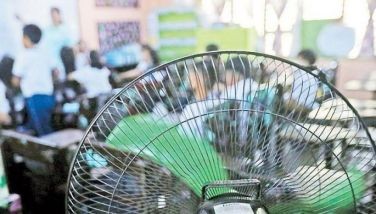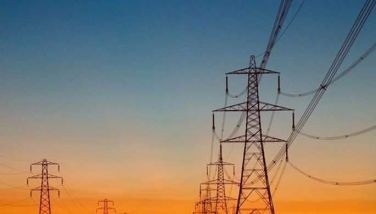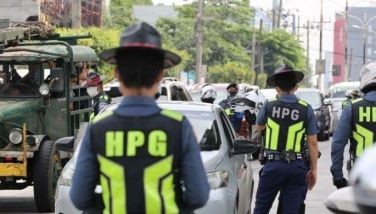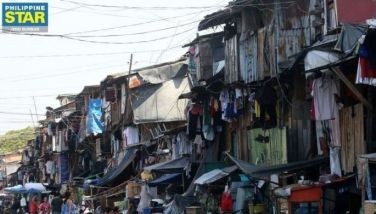Left on their own amid pandemic, freelance photojournalists move forward together
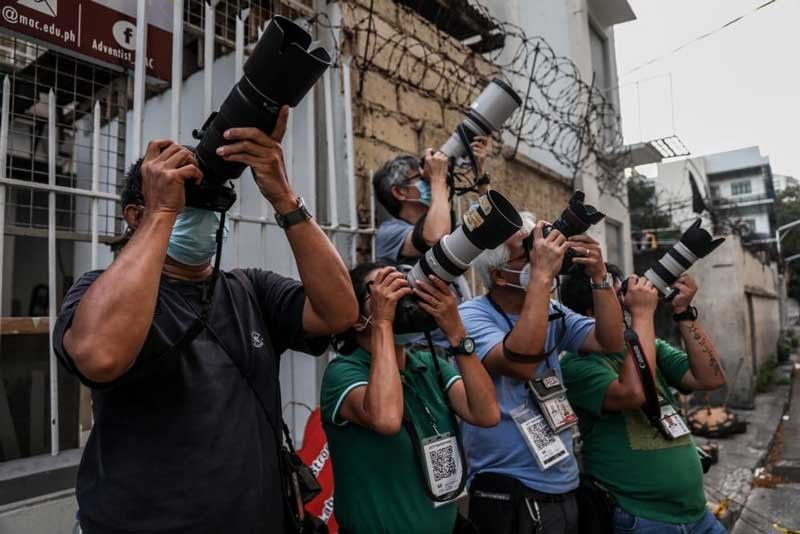
MANILA, Philippines — "Everything was suddenly gone," he said, snapping his fingers to show how quickly the COVID-19 pandemic has affected his work.
Jilson Tiu is only one of the many freelance photojournalists whose source of income has been hit by the pandemic that has seen media companies tighten their belts and others reconfigure their business completely.
"I usually have a busy year, lots of projects and clients, but when the pandemic started everything was gone. I thought the media outlets who know me will hire me to cover COVID-19 but no one came."
He also said how he was one of the first to cover the novel coronavirus outbreak in the Philippines. He made a photo story — even before the Philippines recorded its first official case — for an online media outlet.
Unfortunately, when he was applying for accreditation with the Inter-Agency Task Force on the Management of Emerging Infectious Disease, the media outlet did not include him in its official list.
The IATF media IDs, vetted and released by the Presidential Communications Operations Office, had initially said accreditation would be a simple matter. As the 'lockdown' of Luzon wore on, the office had to limit the release of the IDs, leaving many independent media workers without the passes needed to move around during the quarantine.
"I also have a lot of clients who haven't paid me yet. I was burning through all my resources. As a photojournalist, we don't really worry too much about electricity or water bills because we are usually out shooting, but now, I'm stuck here at home," he said.
Jun Sepe, chairman of the Photojournalism Center of the Philippines and who is also the deputy editor for multimedia of ABS-CBN News online, recognizes this problem that freelancers face.
"I am almost hesitant to ask from them, even more assign them because I know what they're getting per picture, and they're going out there and risk their safety."
Sepe says ABS-CBN is one of the media outlets that gives freelance contributors higher rates but even the network giant "cannot provide same safety net as for the staff."
"The thing about freelancers is you really have to take care of everything on your own," he said.
Community solutions
To get through the unprecedented pandemic, freelancers are banding together, an approach that isn't new but that is made easier by new technology.
With the pandemic posing a risk to journalists, both freelancers and those on news staffs, Jes Aznar started PH Journalist COVID-19 Safety and Logistics Group on Facebook to make it easier to get protective equipment and basic supplies.
Aznar, who works a freelancer for the New York Times and Getty Images, recognizes that many media outlets are no longer hiring full-time photojournalists and instead rely on freelancers.
"I have not seen any groups who are focused on helping freelancers. This started with us asking each other where to get or buy supplies and equipment needed to cover COVID-19. There are those who need help and, sure, there are those who are willing to help. All I'm doing is bridging the gap between them," Aznar added.
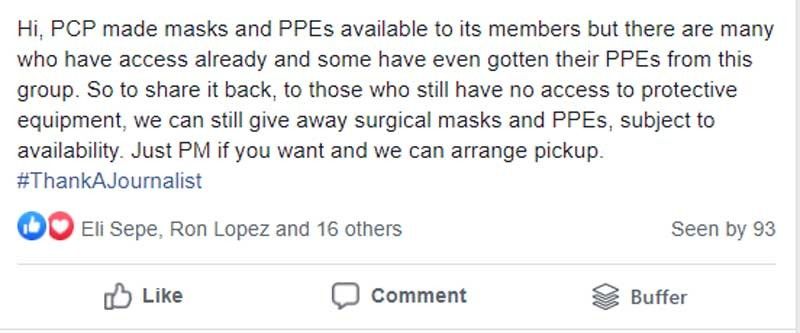
As of this post, the group has 126 membes and has coordinated on getting full sets of PPEs, face shields, and other protective equipment to minimize risks while on coverage.
The group has also coordinated transportation and delivery services for each other. Members have also been sharing webinars and articles on staying safe during in the field.
Aznar is also in talks with Lockdown Lab, a group of volunteers that makes personal protective equipment, to provide journalists full sets of PPEs and even vitamins.
Although coordination among journalists has been a common practice since e-groups became a thing, social media has made the process faster and more dynamic.
Tiu was also part of a recent project called the Shelter Fund, where photographers and artists submit photographs for sale as prints. The bulk, 70% of the original selling price, will goes to the owner of the photo while 30% will go to a communal fund distributed evenly to all participating photographers and artists.
"There were a lot of opportunities and groups that opened because of COVID-19 . . . The pandemic is like a mirror, it showed us how fragile our system is, our human lives are," Tiu said.
As of May 31, Shelter Fund managed to sell 765 printed photos and to collect more than 500,000 pesos for its communal fund that will be distributed amongst more than 200 photographers.
Although cooordination and collaboration have helped get photojournalists through the quarantine, PCP's Sepe said the real solution to the freelancers' plight is to increase their rate, something that is easier said than done.
In one forum, he challenged freelancers to band together and establish a fixed rate that the industry will have to follow. Although prices may still vary depending on the individual photojournalist, the community can agree on minimum and maximum rates for the industry.
"For photographers, if there is a number (a rate), and if the majority decides not to dive their rates and say, for example, will charge P1,000 per photo, I have no choice as an editor but to tell management 'this is what they're charging and that's what our competitors are paying them'," he said.
- Latest
- Trending
















